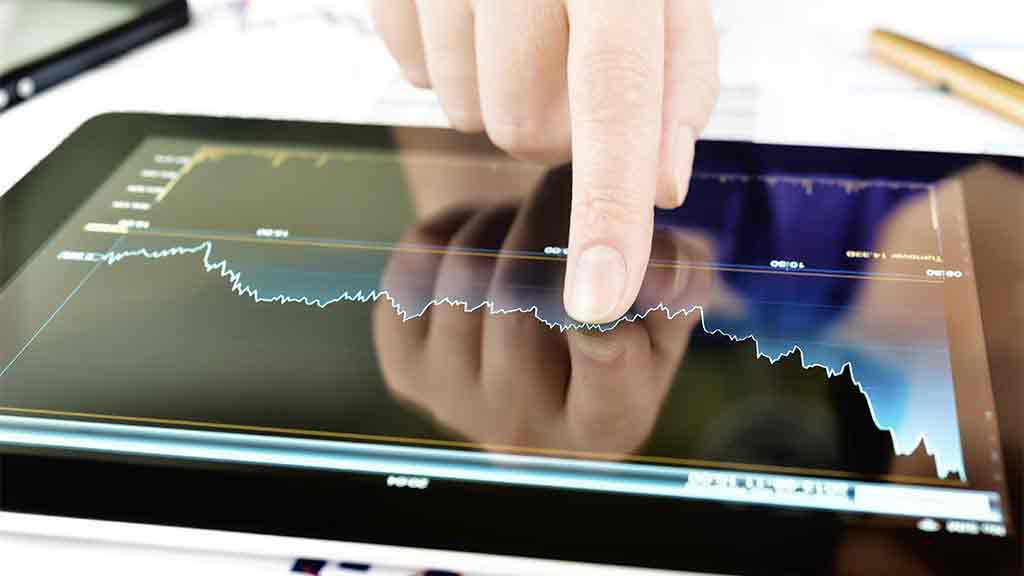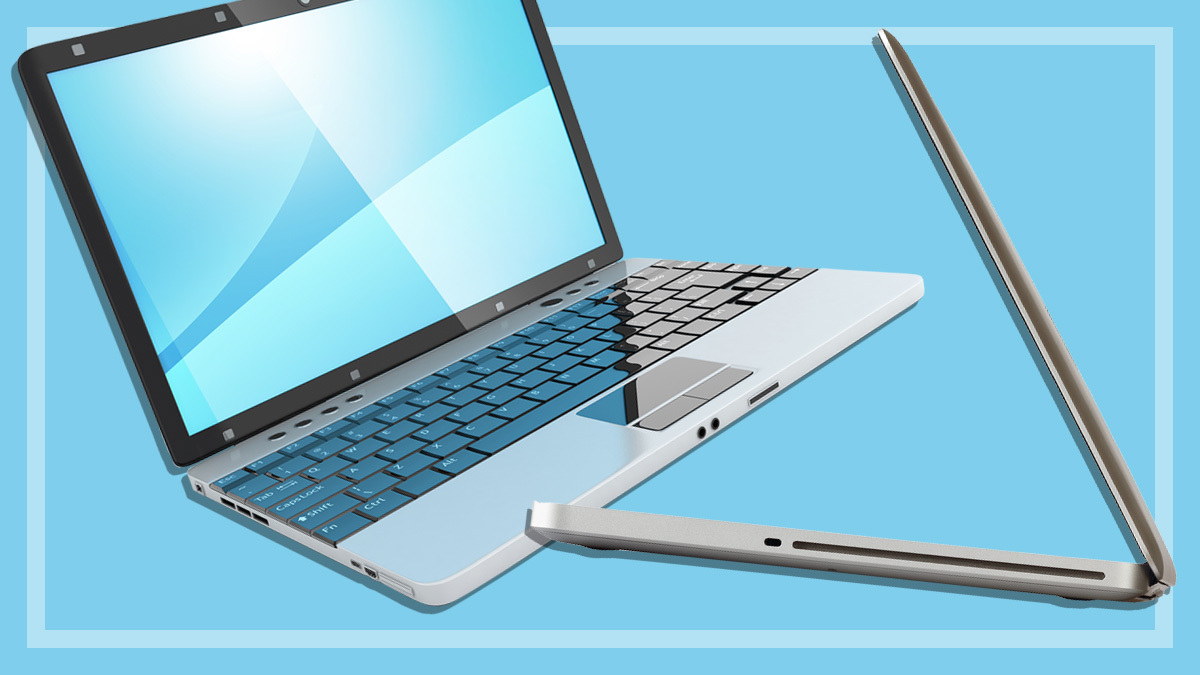Get our independent lab tests, expert reviews and honest advice.
How to buy the best tablet

Tablet computer sales have surpassed the former king of portable computing, the laptop, in the past couple of years. They’re lightweight, easy to use and highly portable, and they’re designed to easily handle common tasks such as web browsing, ebook reading, playing music and videos games and video calling.
There’s a lot of hype about the different brands and models available. So how do you make sure you buy the right tablet for your needs? Knowing what features you want in your tablet before you buy could well save you money in the long run.
What to look for
Screen size
As with laptops, screen size on tablets is measured diagonally from corner to corner and usually expressed in inches. Tablets typically fall into three categories: compact (5-inch to 8-inch), medium (over 8-inch to 11-inch) and large (over 11-inch).
- A compact tablet is especially portable, lighter and easier to carry, as well as usually being cheaper.
- Medium and large tablets provide a bigger screen area that can be especially useful for productivity apps, games and web browsing.
Screen resolution
Display resolution is expressed in pixels-per-inch (ppi) and the higher the resolution the sharper text and images will appear. The display resolution generally ranges from 1024 x 600 pixels up to 2560 x 1700 pixels. Higher resolution screens require faster processors to manipulate all those extra pixels and consume more power, affecting the device’s battery life.
Storage space
Most tablets vary in capacity from 16GB to 128GB. How much space you’ll need depends on how you intend to use the tablet. All tablets are fine for general use like checking emails, browsing the web, and streaming videos and other content over the internet, because that doesn’t require much information to be actually stored on the tablet itself.
Unlike most of the tablets from Microsoft and Google, the storage in an Apple iPad cannot be upgraded using an expandable microSD card.
If you like to carry around your music, videos and lots of apps, however, storage capacity on the tablet will be an important consideration. For light use, 16GB may be enough, but remember that the tablet operating system and mandatory apps will take up a decent amount of that space even before you put your own content on it. For many people, 32GB is becoming the starting point, especially when you consider that many games can now be more than 1GB in size.
Tip: If your tablet has external connections like an SD card or USB slot (as many Android and Windows tablets do), you can get away with less storage internally. Extra storage can be added via a memory card, USB flash drive or even an external hard drive. There are also wireless storage devices for tablets without hardware connections, like the iPad.
Online access
Most tablets have Wi-Fi built in, and many offer a version that includes mobile broadband – 3G or 4G – for data, but that means signing up for a separate plan. The other option is a Wi-Fi only tablet. These can be used, as the name suggests, over Wi-Fi connections, but also by using your smartphone as a mobile hotspot (available on most recent models). However, a 4G tablet with its own plan may be worthwhile if your phone plan is restricted to 3G.
Hardware connections
Although connections are a major consideration for PCs and laptops, they’re less so for tablets, most of which use a combination of Wi-Fi, Bluetooth and apps for storage and transfers. Apple tablets have little in the way of hardware connections, though some devices can be added via adapters to the tablet’s dock port, or wirelessly by purpose-built devices. Android tablets generally offer more variety in hardware connections, with a USB port, HDMI-out or memory card slots for extra storage being common.
Tip: You can usually connect a keyboard or monitor via Bluetooth if you don’t have a USB or HDMI plug.
Battery life
Battery life is important due to the ultra-portability of tablets. Ideally, they should last a full day of normal use before you need to recharge.
Processing speed (GHz)
The processing speed of your tablet, measured in gigahertz (GHz), isn’t such an important decision in your tablet choice as it is when choosing a desktop or laptop computer. That’s because there aren’t so many processor options. iPad models all have the same processor in each generation but with Android-based tablets it’s very difficult to compare speeds between models due to the different processors used.
Have you considered a convertible?
If you’re looking to do some computing on the go, the obvious first choices are either a laptop or a tablet. But there’s a third option that promises the best of both worlds – the convertible laptop. Also known as a two-in-one or hybrid laptop, this versatile combo computer looks like a laptop but instantly converts to allow use as a keyboard-free touchscreen tablet.
But is a two-in-one computer better? Do you get the best of both worlds or is it more a case of “jack of all trades, master of none”? Tablets have the notable advantage of portrait-viewing mode, which is great for reading books and magazines in particular. They’re also generally the thinnest and lightest mobile computing solution.
A laptop is stuck in landscape view only – but laptops are generally more powerful, run all your desktop programs, and have the singular advantage of a built-in hardware keyboard and trackpad.
A convertible laptop should have all of these advantages in one compact package, as well as the ability to instantly switch from laptop to tablet mode.
Cost
Prices for tablets range from below $150 to more than $2000 depending on size, capacity and connectivity options. The convertibles we tested ranged in price from under $500 to $1700.
Our laptop reviews include tablet hybrids.
Android, Apple or Microsoft?
The OS affects which content ecosystem you’re tied to – Google Play (Android), iTunes (Apple) or Windows (Microsoft). Each has their own app store and though they might all have some of the same apps, they’re not interchangeable between platforms. So if you have an Android, an Apple and a Windows device, you’d probably have to buy the same app three times to run it on each platform.
- Apple’s iOS Apple boasts more than a million apps in its App Store, with around half that number having iPad-specific versions.
- Google’s Android OS Android is available on a wide range of tablets from different manufacturers, so you have a wide choice of hardware with now as many apps
- Microsoft The full Windows 10 environment is available on most Microsoft tablets and two-in-ones, so you can easily use existing Windows programs. There is also a cut down version (Windows 10 in S Mode) which you can use and upgrade to the full version but only once.
Is a tablet right for you?
Maybe your heart’s already set on a tablet, and if so, feel free to skip this bit. If not, it’s good to know there are other options similar to the tablet that you may not have considered:
- Ultrabook: They’re ultra-portable, affordable and designed to have excellent battery life, but with most of the speed and features you’d expect from a full-sized laptop.
- E-readers: If you use your tablet mainly for reading books, then you may want to consider a Kindle Ereader or Kobo.
- Convertible tablet: Also known as a two-in-one or hybrid laptop, it has the power and performance of a laptop computer, with the convenience and versatility of a touchscreen tablet via a removable or foldaway keyboard.






